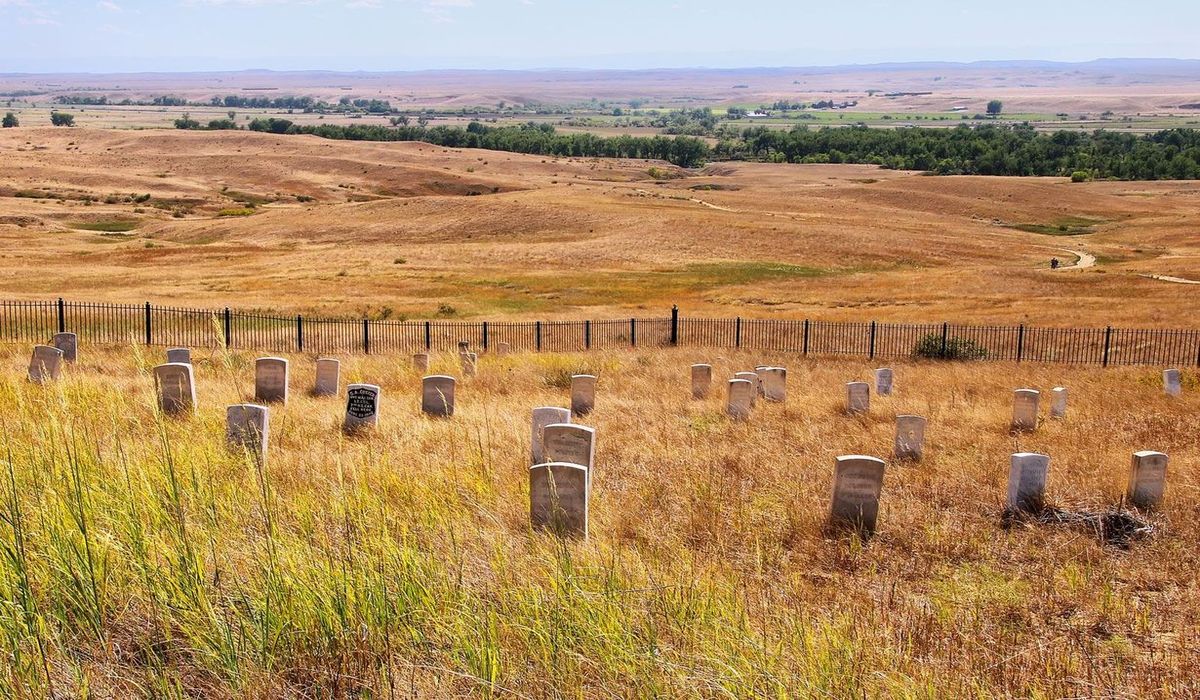Hidden Indigenous Camps Of Montana’s Little Bighorn

Have you ever wondered about the hidden stories of Montana's Little Bighorn? This area holds secrets of indigenous camps that paint a vivid picture of Native American life. Imagine walking through history, where every rock and tree has a tale to tell. These camps offer a glimpse into the daily lives, traditions, and struggles of the tribes who once called this land home. From ancient artifacts to sacred sites, the Little Bighorn area is a treasure waiting to be explored. Ready to uncover the past and connect with the spirit of the land? Let's dive into the rich history of these indigenous camps.
Discovering Hidden Indigenous Camps
Montana's Little Bighorn region holds a treasure of history and culture. Hidden within its vast landscapes are Indigenous camps that tell stories of the past. These sites offer a glimpse into the lives of Native American tribes who once roamed these lands. Let's uncover some of these hidden gems.
1. Rosebud Battlefield
Rosebud Battlefield is a significant site where the Lakota and Cheyenne tribes fought against General Crook's forces. This battle was a precursor to the famous Battle of Little Bighorn. Walking through this area, you can almost hear the echoes of history.
2. Crow Agency
Crow Agency serves as the headquarters for the Crow Tribe. This area is rich in cultural heritage and offers visitors a chance to learn about Crow traditions. The nearby Little Bighorn Battlefield National Monument provides additional historical context.
3. Pryor Mountains
The Pryor Mountains are sacred to the Crow people. These mountains are home to ancient petroglyphs and sacred sites. Exploring this area offers a spiritual journey into the heart of Crow culture.
4. Big Horn County Historical Museum
Located in Hardin, the Big Horn County Historical Museum showcases artifacts and exhibits related to the Indigenous tribes of the region. This museum provides a comprehensive look at the history and culture of the Native American people who lived in the Little Bighorn area.
5. Medicine Wheel/Medicine Mountain National Historic Landmark
This site is sacred to many Native American tribes, including the Crow and Cheyenne. The Medicine Wheel is an ancient stone structure used for ceremonial purposes. Visiting this landmark offers a unique insight into the spiritual practices of the Indigenous people.
6. Little Bighorn Battlefield National Monument
This monument commemorates the Battle of Little Bighorn, where the Lakota, Northern Cheyenne, and Arapaho tribes defeated the 7th Cavalry Regiment. The site includes a museum and walking trails that provide a detailed account of the battle and its significance.
7. Chief Plenty Coups State Park
Chief Plenty Coups State Park honors the last traditional chief of the Crow Tribe. The park includes his home, a museum, and a nature trail. This site offers a personal look into the life and legacy of Chief Plenty Coups.
8. Bighorn Canyon National Recreation Area
This area is not only known for its stunning landscapes but also for its historical significance to the Crow Tribe. The canyon walls hold ancient petroglyphs, and the area is dotted with sites that were once used by the Crow people for various purposes.
9. Pompeys Pillar National Monument
Pompeys Pillar is a significant historical site for the Crow Tribe. The pillar features ancient petroglyphs and was a landmark for Native American tribes long before it was visited by explorers like William Clark. The visitor center provides additional information about the site's Indigenous history.
10. Fort Smith
Fort Smith, located near the Bighorn River, was an important trading post for Native American tribes. Today, it serves as a gateway to the Bighorn Canyon National Recreation Area and offers insights into the interactions between Indigenous tribes and European settlers.
Discovering Montana's Hidden Gems
Montana's Little Bighorn area offers a unique glimpse into the rich history and culture of Indigenous peoples. Visiting these hidden camps provides a deeper understanding of their traditions, resilience, and connection to the land. Exploring these sites, you can appreciate the beauty of Montana's landscapes while learning about the stories that shaped this region. Whether you're a history buff, nature lover, or just curious, these camps offer something special. Remember to respect the sites and the people who hold them dear. By doing so, you help preserve these important cultural treasures for future generations. So, pack your bags, grab a map, and set out to uncover the hidden gems of Montana's Little Bighorn. Your adventure awaits, filled with history, beauty, and unforgettable experiences.

